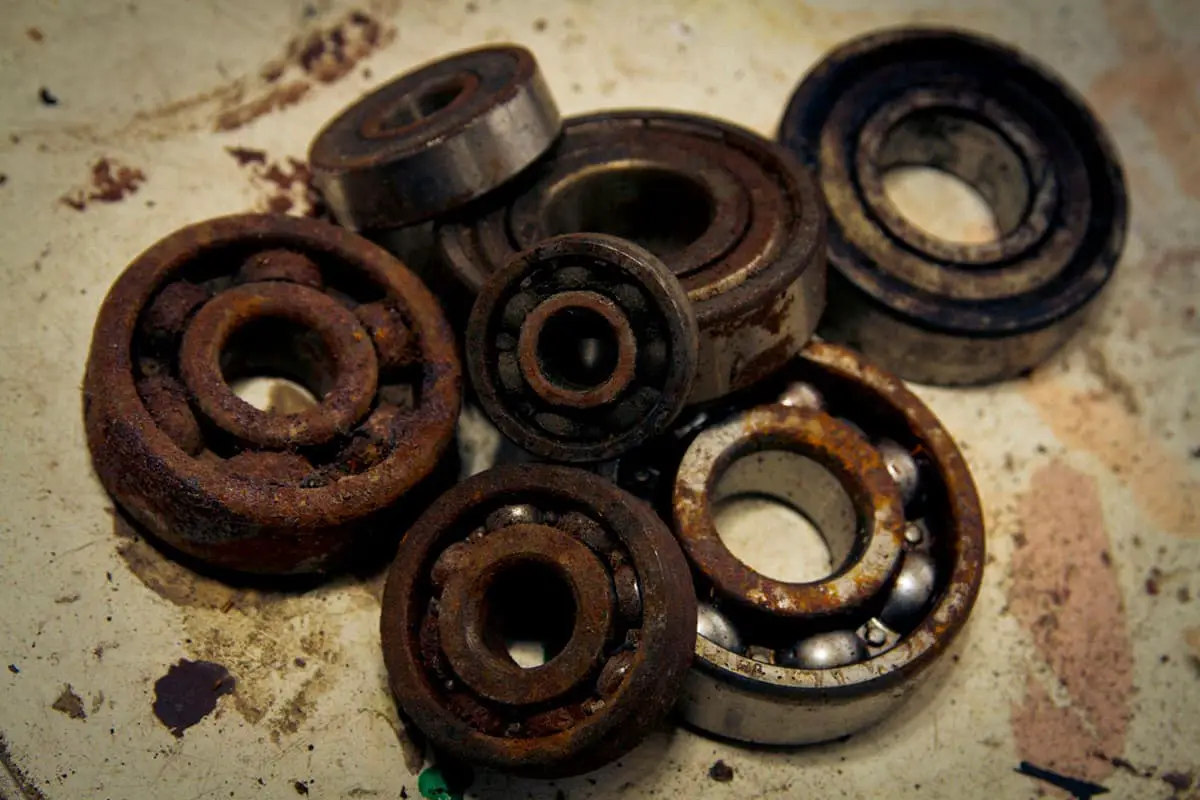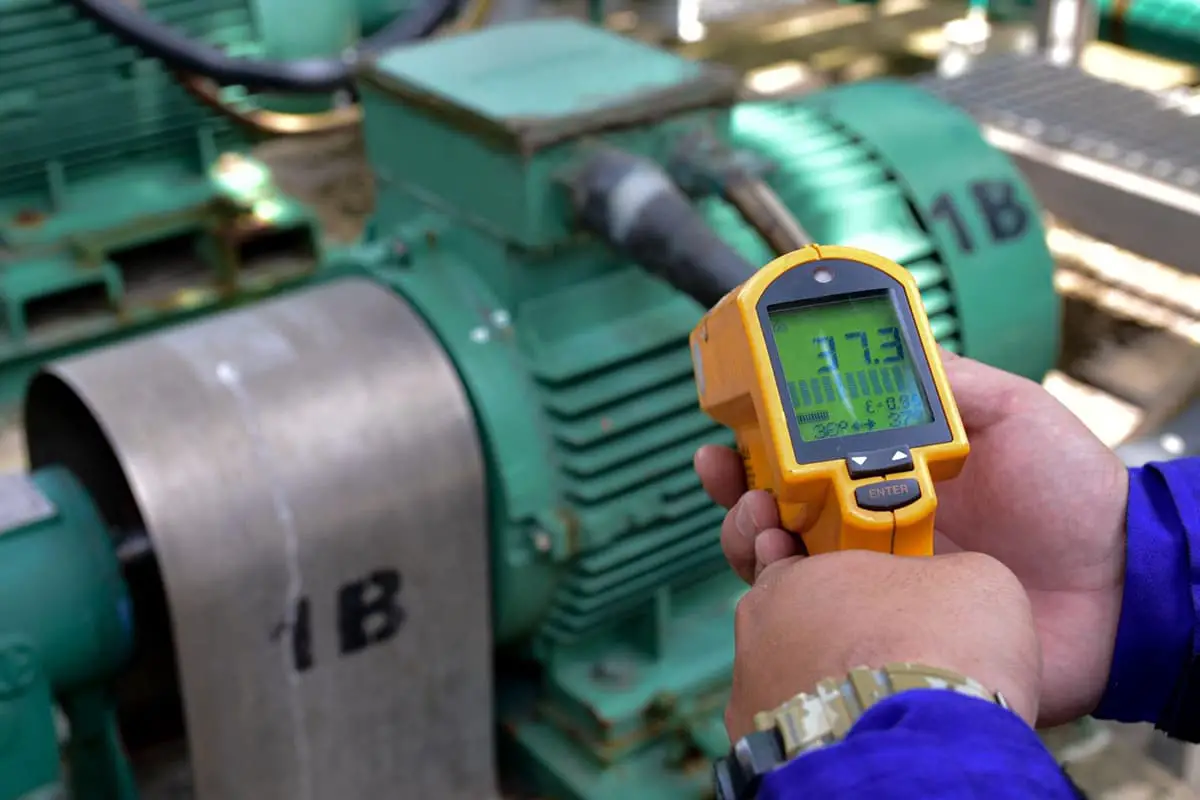
Have you ever wondered why some bearings last years while others fail quickly? In this article, we explore the lifespan of bearings, factors affecting their durability, and the signs of impending failure. Learn how load, speed, and maintenance influence bearing longevity, and discover practical tips to extend their life. By understanding these key aspects, you’ll be better equipped to ensure your machinery runs smoothly and efficiently. Dive in to find out how to maximize the performance and lifespan of your bearings.

Firstly, it is essential to clarify that the question “How long can a bearing be used?” implies that the bearing is already in service and inquires about its usable duration.
This discussion does not include the storage time of unused bearings.
The duration a bearing can be used also depends on another standard, i.e., at what condition is a bearing considered unusable?

Generally, we consider a bearing to have failed when it can no longer deliver its designed performance during operation. Bearing failure is categorized into two situations:
Clear explanations for the above two types of bearing failures can be found in the corresponding bearing failure analysis standards. However, it is noticeable that whether a “malfunctioning” bearing is deemed “unusable” depends on the user’s specific situation.
Typically, there are several ways to define the point at which a bearing becomes “unusable”:
Based on the definition of bearing fatigue failure, it is when the first fatigue spalling appears on the rolling element or the raceway surface. At this point, the bearing has experienced fatigue failure. In other words, once it reaches this state, the bearing is “unusable.”
The determination of when a bearing becomes “unusable” can be made in several ways:
Firstly, according to the definition of bearing fatigue failure, it is the moment when the first fatigue spall appears on the rolling element or the raceway surface. At this point, the bearing has experienced fatigue failure. In other words, the bearing becomes “unusable” at this state.
Secondly, in actual working conditions, when the first fatigue spall appears, the operating status of the bearing sometimes doesn’t change significantly. For example, there may not be a noticeable increase in bearing vibration. Especially in the early stages of failure, it can be difficult to detect. At this point, the temperature of the bearing is generally normal. In the eyes of many users, this bearing is still “usable.”
Thirdly, if the above situation continues to develop, the bearing failure progresses, eventually leading to an increase in bearing vibration and temperature. At this time, you can determine whether the bearing is “unusable” according to the vibration or temperature standards of the related equipment. Therefore, the standard of “unusability” comes from relevant standards. Before reaching this standard, although the bearing may already be “diseased,” it is still “usable.”
Fourthly, in some cases where the requirement for shaft accuracy is not high, even in the above situation, as long as the bearing can rotate, it is considered usable. It is not deemed “unusable” until the day it gets stuck and cannot rotate.
Therefore, before analyzing the question of “how long a bearing can still be used,” it is necessary to determine what the standard for “still usable” is. Otherwise, it would be impossible to discuss such usability.
We’ve previously discussed the different criteria for determining if a bearing is still usable and introduced the concept of bearing failure. When discussing the usability of a bearing, we first need to establish a standard, then explore the factors affecting it within that standard.
Generally, the basic rated life calculation is a common verification method for bearings. For our discussion, we can use the definition from this calculation, i.e., the time until the first failure point occurs within the bearing.
As we know, a bearing consists of components such as rolling elements, cages, races, seals, and grease. As a whole, if any part of a bearing fails, the entire bearing is deemed to have failed or is “unusable”.
Considering the various components of a bearing, we have the following:
Rolling elements and races:
A bearing’s life is usually defined by its fatigue life, which is related to the bearing’s load and speed. Thus, the lifespan of a bearing’s rolling elements and races is influenced by the bearing’s load and speed. Different loads and speeds result in different bearing lifespans. Of course, mechanical engineers can see these factors in the bearing life calculation.
To illustrate this in simple terms: a bearing, when hand spun (equivalent to no load, low speed), is almost impossible to wear out, implying a very long life (nearly infinite). However, the same bearing under a large load and high speed might fail quickly. Therefore, to roughly estimate a bearing’s fatigue life, load and speed should be taken into account. A simple question like “how long can a bearing last?” cannot provide an answer.
Cages:
Cages endure alternating stress within a bearing and under normal conditions would also experience fatigue. When operating conditions change, cages may also be subject to additional load.
However, under normal conditions, the load experienced by the cages is significantly less than that of the rolling elements and races. Therefore, in most cases, the fatigue life of the cages exceeds that of the bearing. (Exceptions occur under abnormal operating conditions.) Furthermore, cages made of different materials can be affected by ambient temperature, which we will not delve into here.
Seals:
For non-contact seals like dust covers, which typically do not experience significant loads, their fatigue life can be considered almost infinite (except under abnormal conditions). However, if we take into account the chemical reactions between the dust cover and external environment, such as pollutants (for instance, slow oxidation), additional evaluation is necessary.
For contact seals, usually made of rubber, their lifespan is influenced by wear at the lip and the chemical reactions between the seal material itself and the external environment, including pollutants (like slow oxidation). The wear at the seal lip is related to the lip’s pressure, relative movement speed, and the seal material’s wear resistance. Seal manufacturers should have relevant test data.
Lubrication:
Rolling bearings are commonly lubricated with grease, the lifespan of which can be estimated according to the general lifespan of lubricants. Interested readers may refer to books like “Motor Bearing Application Technology” and “Motor Bearing Failure Diagnosis and Analysis” for calculations.
Additionally, the grease in non-operational bearings (in non-running state) is subject to air oxidation. This information can be obtained from the relevant manufacturers.
Having discussed the standards for bearing usage, factors influencing how long a bearing can be used, it’s time to provide a clear answer to the engineers who are keen on the results.
It’s more accurate to say this is a requirement rather than an answer. Because when motor engineers are designing structures and selecting bearings, they need to calculate based on this lifespan. Otherwise, the selection process cannot be completed.
Generally, the lifespan requirements for bearings in ordinary small and medium-sized industrial motors can be found in mechanical design manuals and technical manuals provided by bearing suppliers.
Although there are some discrepancies in these recommended values, they are largely similar. Normally during calculations, a lifespan between 20,000 to 40,000 hours is considered.
Note that this range doesn’t mention speed, load, bearing type, etc. Therefore, this is a design requirement, and if the actual lifespan of a bearing cannot meet this requirement, discussions need to be held with the relevant manufacturers.
Even if such discussions arise, it does not imply that the bearing is non-compliant, as there are many relevant factors involved.
Lastly, this range only applies to general industrial motors. For specialized equipment, the requirements may vary. For instance, home appliances, wind power equipment, etc. Engineers can refer to relevant standards for these cases.


